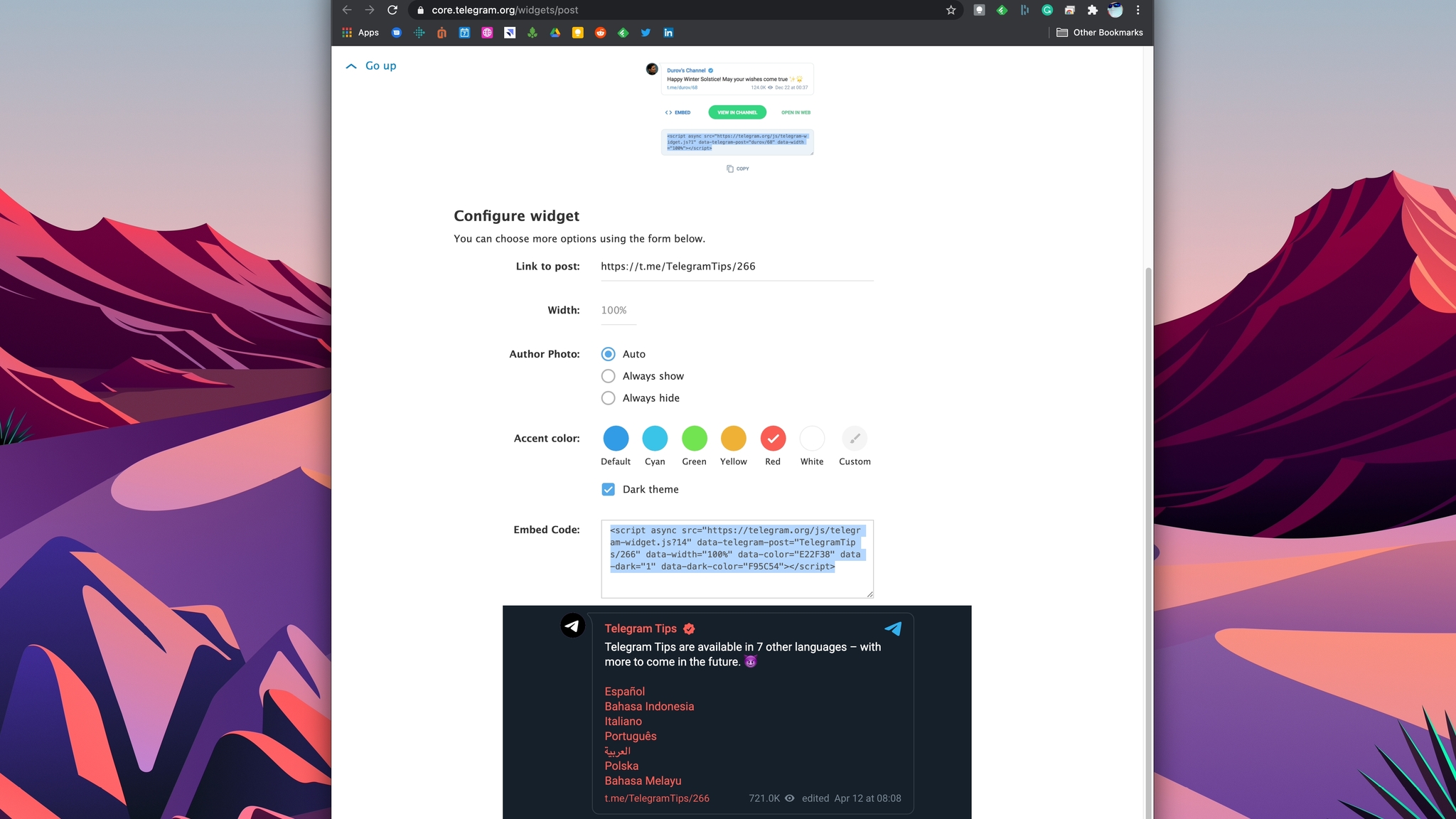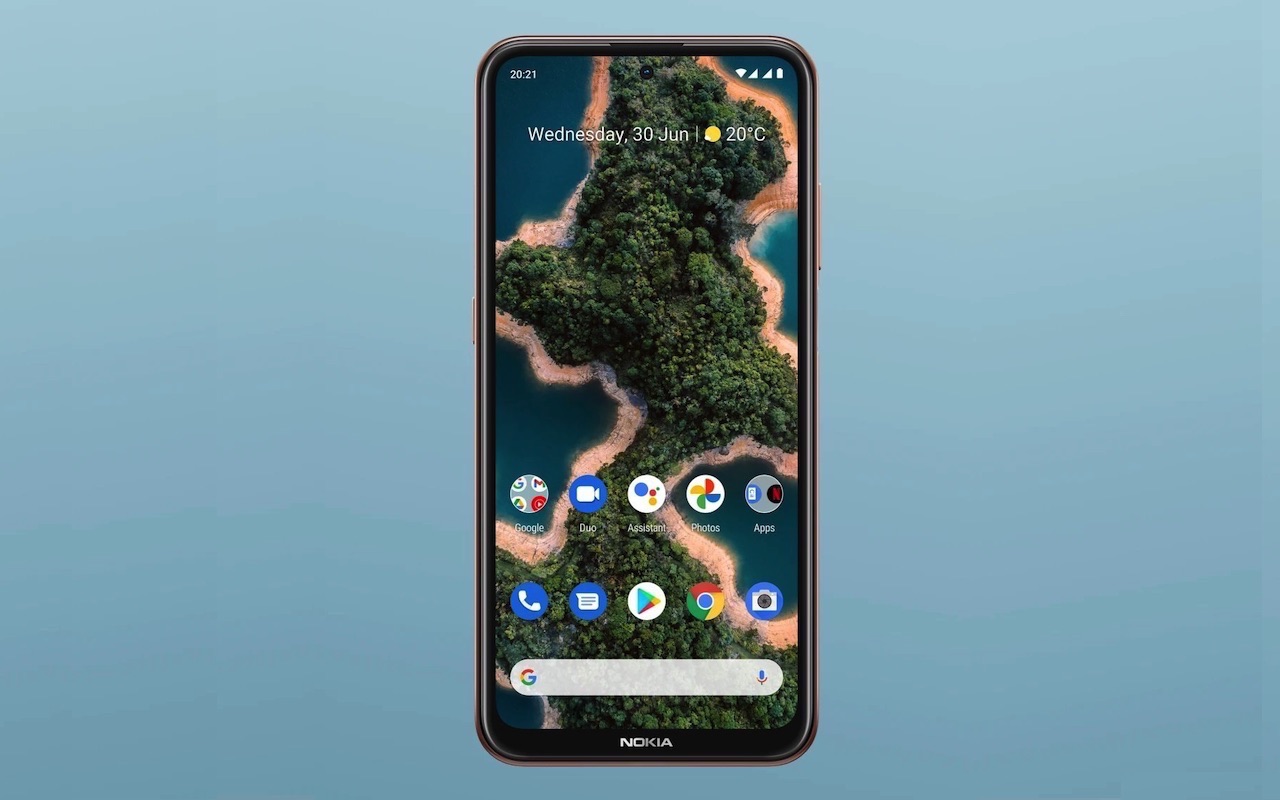The Marshall Mode II earbuds deliver great sound, but lack ANC - Android
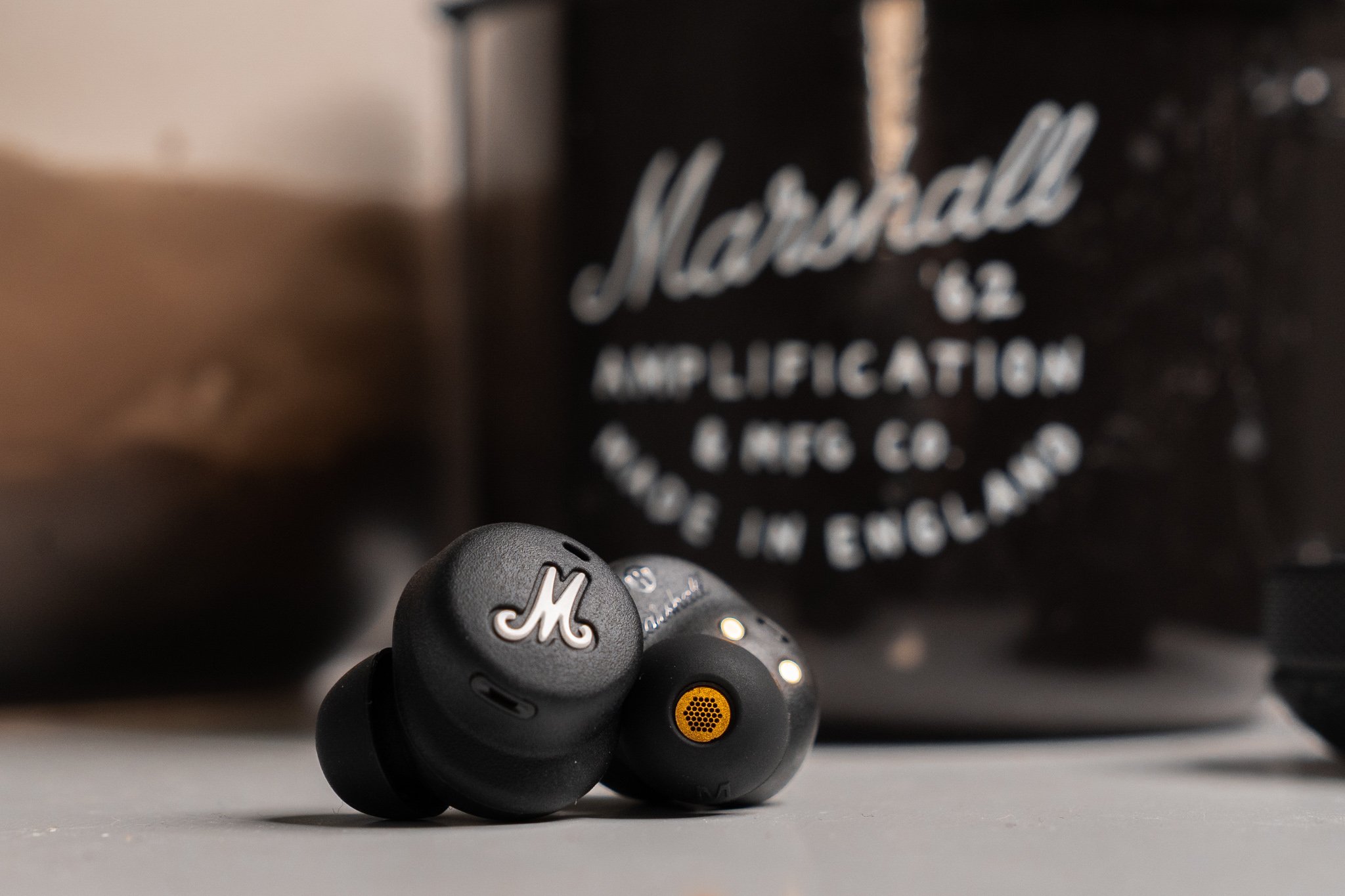
Bringing the British Invasion to true wireless earbuds.
Back in 1962, Jim Marshall opened a small shop in London, where he sold drum kits and accessories for a short while before eventually pivoting to what the Marshall brand is best known for today: guitar amps. Few names are as instantly recognizable to a rock guitarist, but not everyone knows that Marshall Amplification actually makes a lot of other audio products, ranging from Bluetooth speakers to noise-canceling over-ear headphones and, for the first time, true wireless earbuds.
The Mode II true wireless earbuds are the company's first venture into an increasingly crowded space, and while they bear every bit of the classic Marshall look and feel that the guitarist in me yearns for, they need to do more than just look the part to justify a price tag that's right in line with some of the best wireless earbuds on the market.
Marshall Mode II review:
- Price and availability
- What you'll like
- What's not so great
- The competition
- Should you buy?
Marshall Mode II
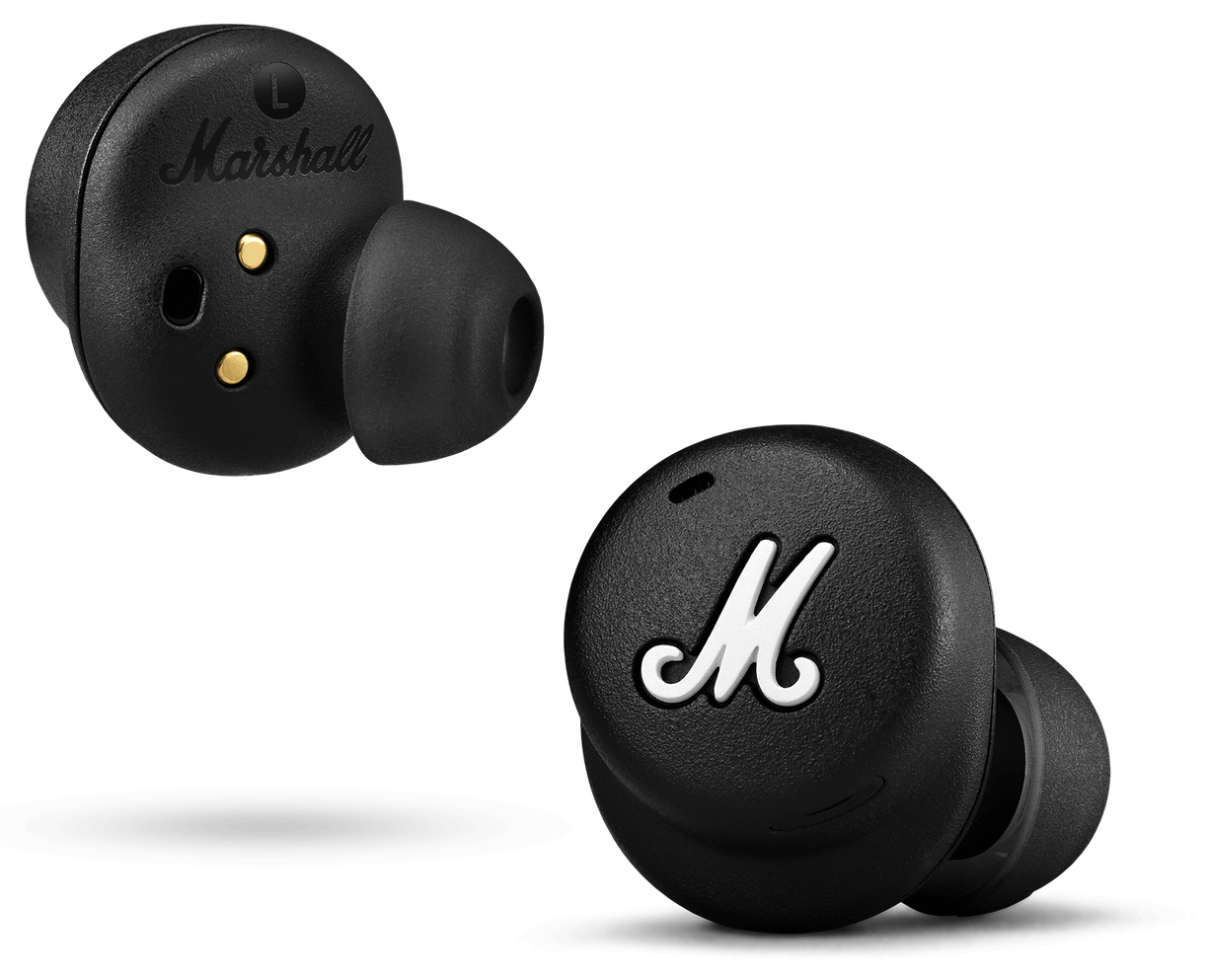
Bottom line: The Mode IIs offer excellent sound quality, simple touch-sensitive controls, and a brand name that's been synonymous with rock and roll for over half a century. There's no ANC, and the transparency mode is lacking, but these earbuds are a great alternative to options from Samsung and Jabra.
The Good
- Great, customizable sound quality
- Wireless charging
- Long combined battery life
- IPX4 water resistance
The Bad
- App can be finicky
- Transparency mode is barely worth mentioning
- Touch controls can't be customized
$179 at Marshall
Marshall Mode II: Price and availability
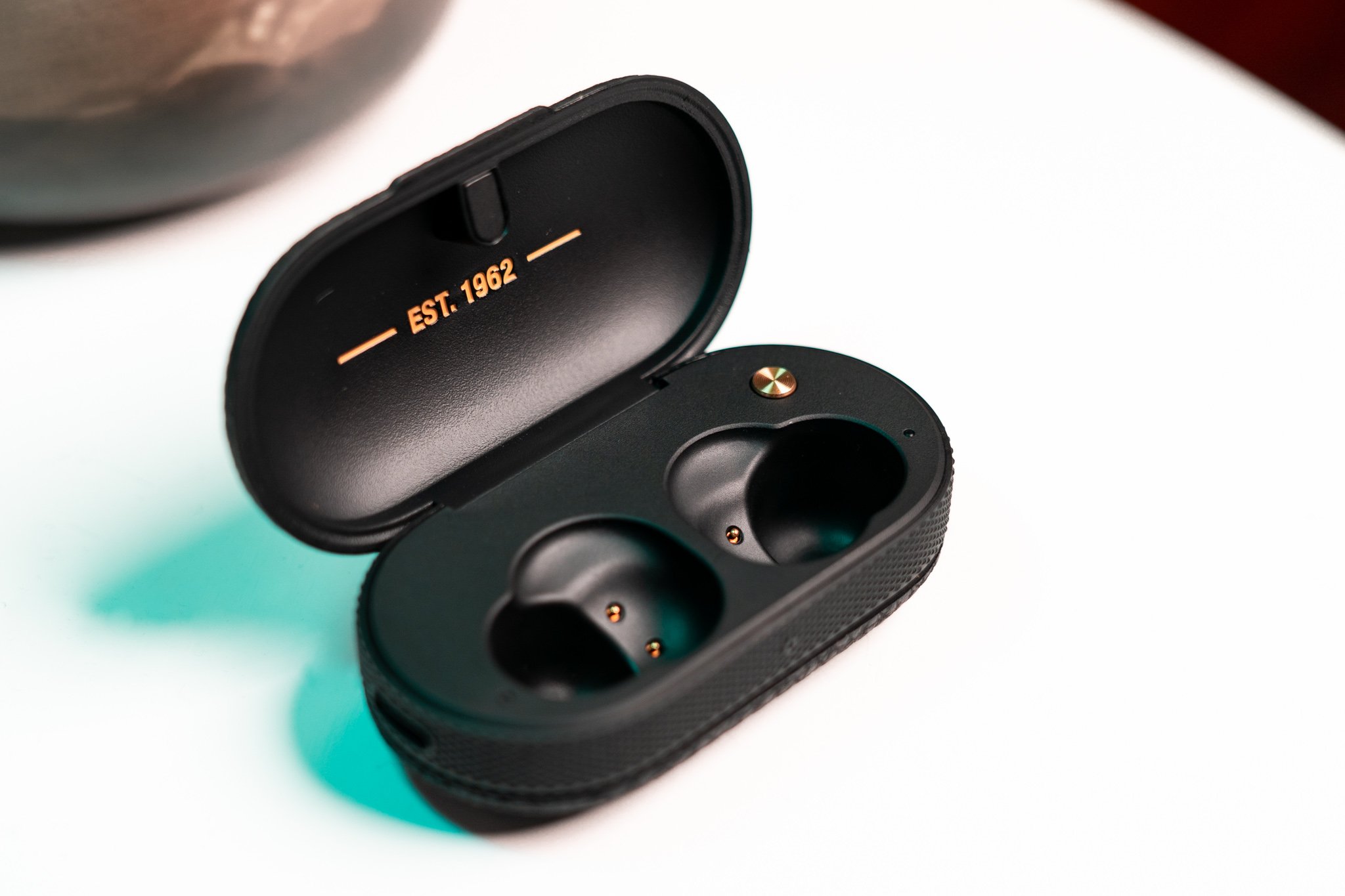
The Marshall Mode II true wireless earbuds became available for preorder on March 4, 2021, launching shortly after on March 18 for $179. They're available directly from Marshall's site in any color you like (so long as it's black), though at press time, there's little availability for the Mode IIs elsewhere.
Marshall Mode II: What you'll like
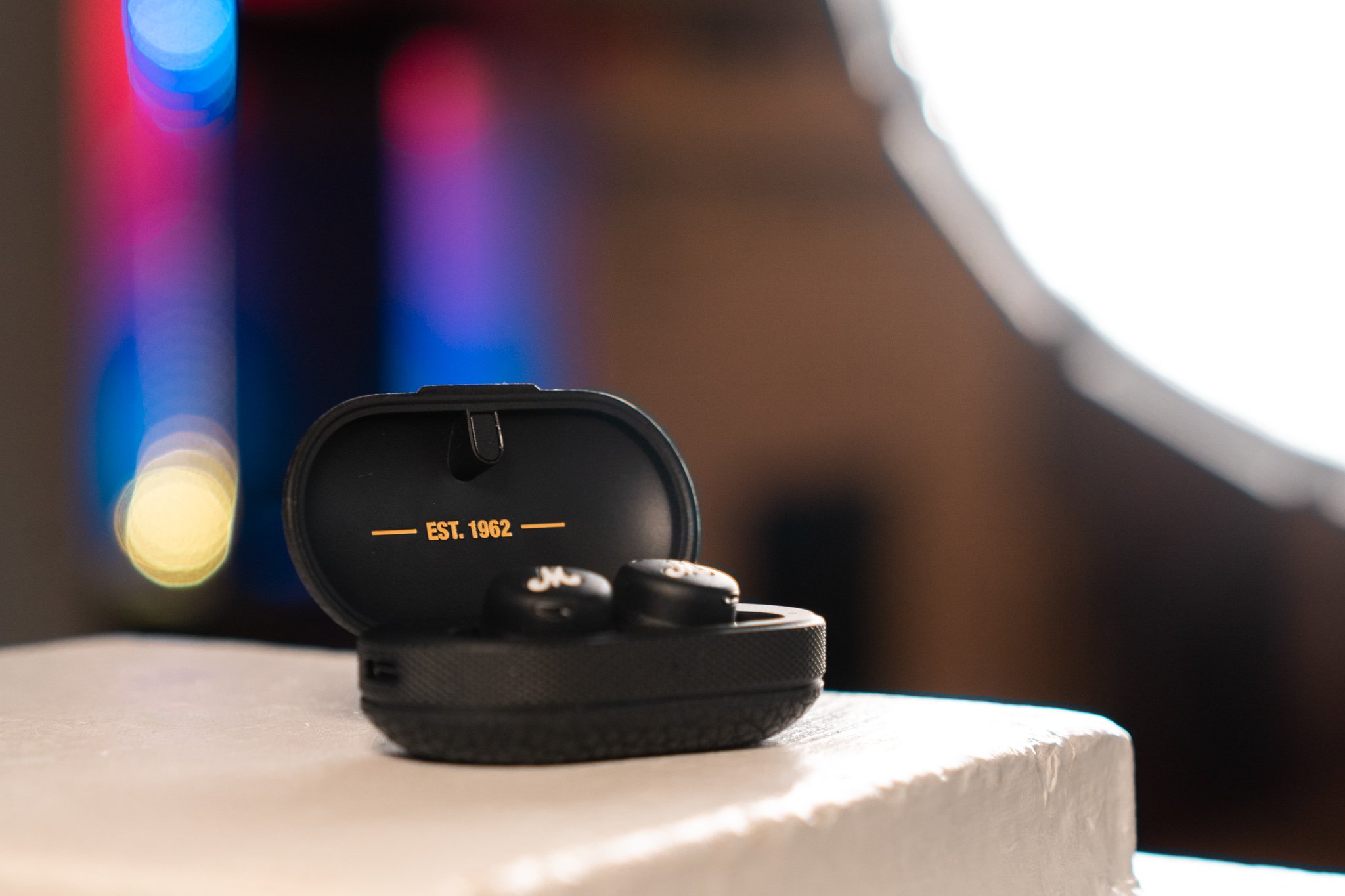
I'm a sucker for the stylings of classic British rock amps, and the charging case for the Mode II earbuds is immediately reminiscent of the legendary Marshall JCM800, one of the most iconic amps of the British Invasion. You get the same leather-stylized material on the top and bottom of the case, along with a grippy, texturized rubber lining the center. Of course, this doesn't have quite the tank-like build of a 100W tube head — in fact, it's so lightweight that it almost feels a bit cheaply built, but considering these are meant to be tossed into a pocket or bag, it's hard to fault them for being too light.
You'll never forget these earbuds are made by Marshall.
There's a USB-C port on the left edge of the case, along with a status indicator light on the front that shows when the case or headphones are charging. As soon as you open the lid, you're greeted with Marshall's proud "Est. 1962" lettering in the company's signature gold color, along with the earbuds themselves. One really nice subtle touch is the gold button on the inside of the case, which quickly puts the earbuds in pairing mode.
The Mode IIs are fairly small, even compared to other true wireless earbuds, and come in a matte black finish that I absolutely love; unlike my usual go-tos, the Galaxy Buds Plus, these aren't going to get covered in smudges and fingerprints as soon as you pick them up. I'm not a huge fan of prominent logos on my tech, particularly with wearables, but the Marshall "M" logo on each earbud is certainly distinguishable, if nothing else.
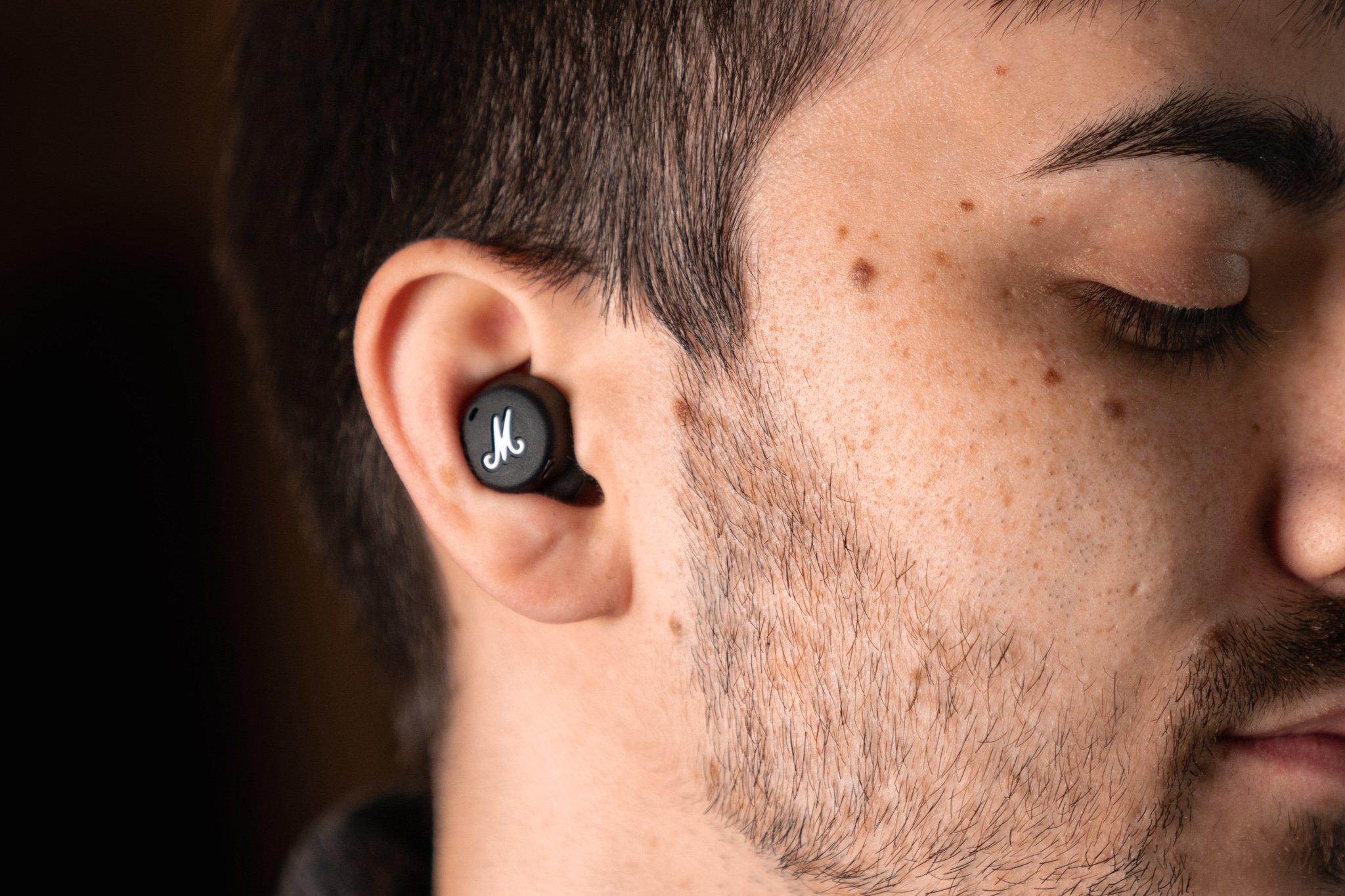
I found the Mode IIs to be pretty comfortable, though not remarkably so. I certainly wouldn't mind wearing these through a flight, and at least in my ears, they're secure enough to stay in during a jog. If you're not happy with the out-of-box fit, Marshall includes four sizes of silicone tips, all the way up to XL.
Like most other true wireless earbuds, the Mode IIs rely on touch controls for onboard operation, with different controls mapped to each earbud. On the right, a single tap will play or pause your track. Double-tapping skips to the next track, and triple-tapping jumps back to the previous one. On the left earbud, tapping once toggles transparency mode, and a double-tap launches your voice assistant. These are all handy controls, but they're not perfect; more on that a bit later.
As for the actual sound of these earbuds, the very first thing I did was queue up some AC/DC — admittedly not part of my usual rotation, but what better way to test Marshall headphones than with bands who helped popularize the company's amps? Right away, the opening strums in Highway to Hell sounded great, and as the drums, vocals, and bass gradually kick in, the Mode IIs retain great instrument separation and clarity.

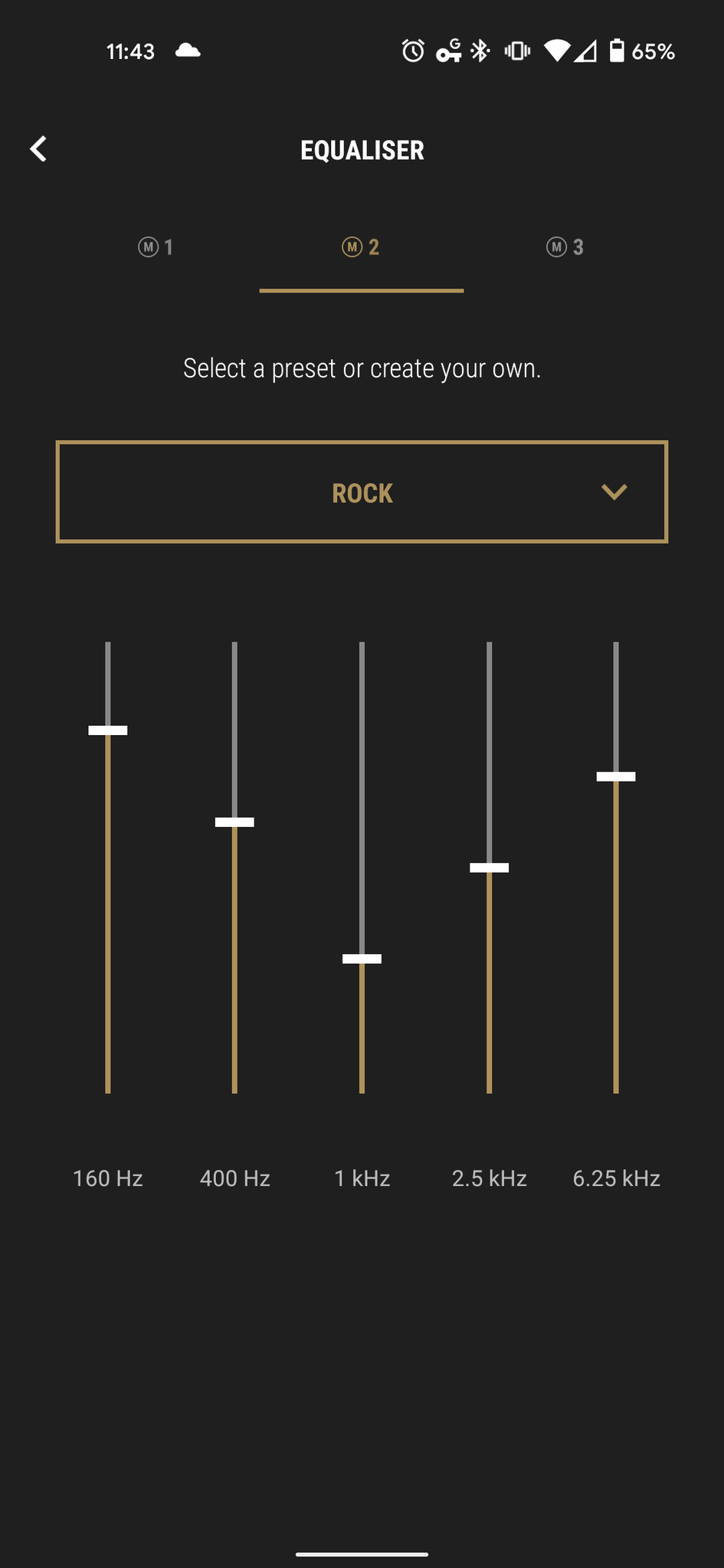
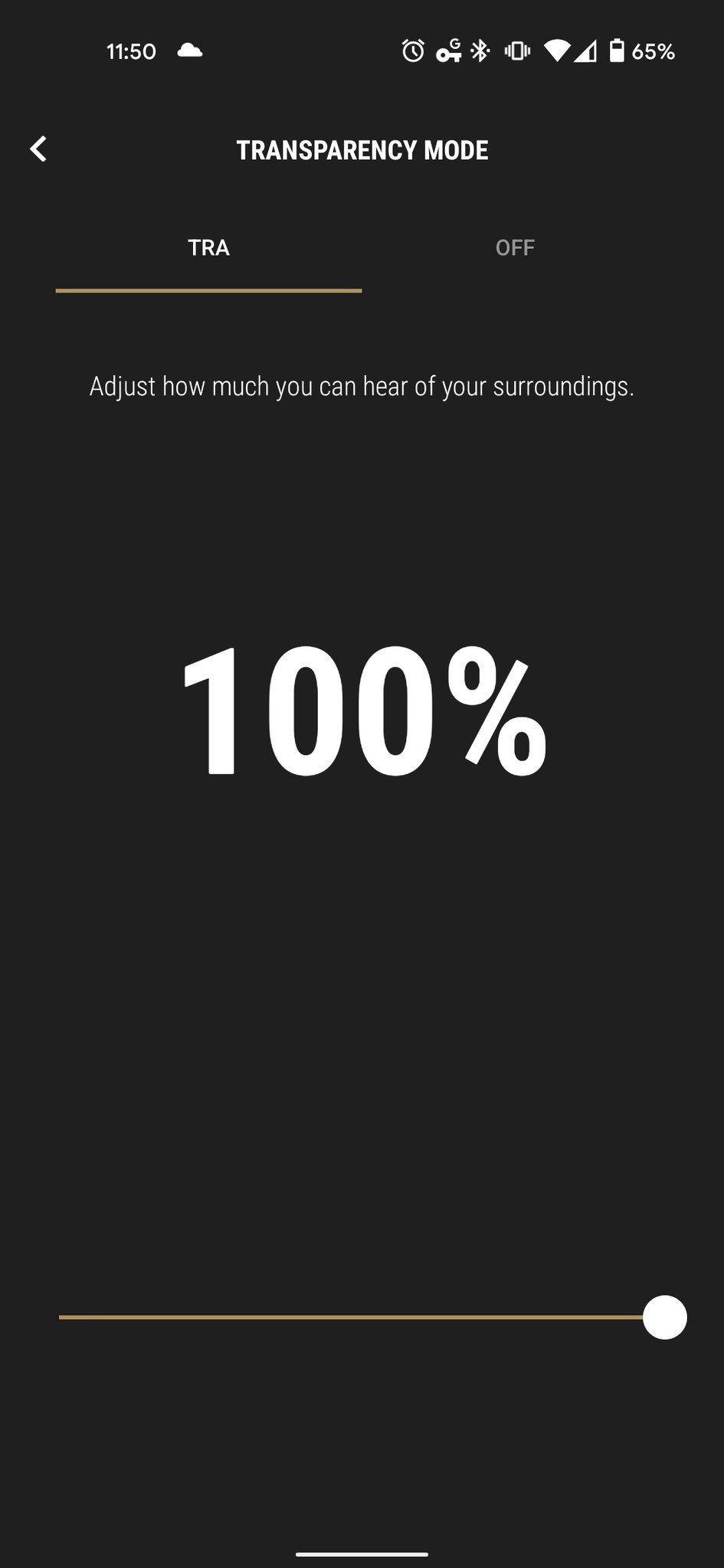
I had a lot of fun reliving my teen years with a lineup of famously Marshall-heavy albums, from Guns N' Roses' Appetite for Destruction to Rush's Moving Pictures and Boston's eponymous 1976 album. The Mode IIs handled all of them great, though low end definitely isn't a strong point of these earbuds, and mids are very present — that being said, I'll definitely take aggressive mids over the shrill highs that you'll typically find in lower-end earbuds.
If you're so inclined, you can always download Marshall's app and tweak the EQ settings yourself. I spent most of my time listening through the default profile, but you can choose from a number of presets including Rock, Spoken, Pop, Hip-Hop, Electronic, and Jazz, or create your own profile using the 5-band EQ. Matching, say, Tigran Hamasyan with the Jazz profile and Anderson .Paak with the Hip-Hop profile helped shape the bass and mid response a bit, but I don't think the difference is big enough to be worth jumping into the app every time you listen to a different genre of music.
Marshall advertises five hours of continuous playback with each Mode II earbud, plus four full charges from the carrying case, and my testing roughly lines up with those numbers. Five hours is plenty for most listening sessions, and I love that you can top up the case with wireless charging if you don't have a USB-C cable handy.
Marshall Mode II: What's not so great
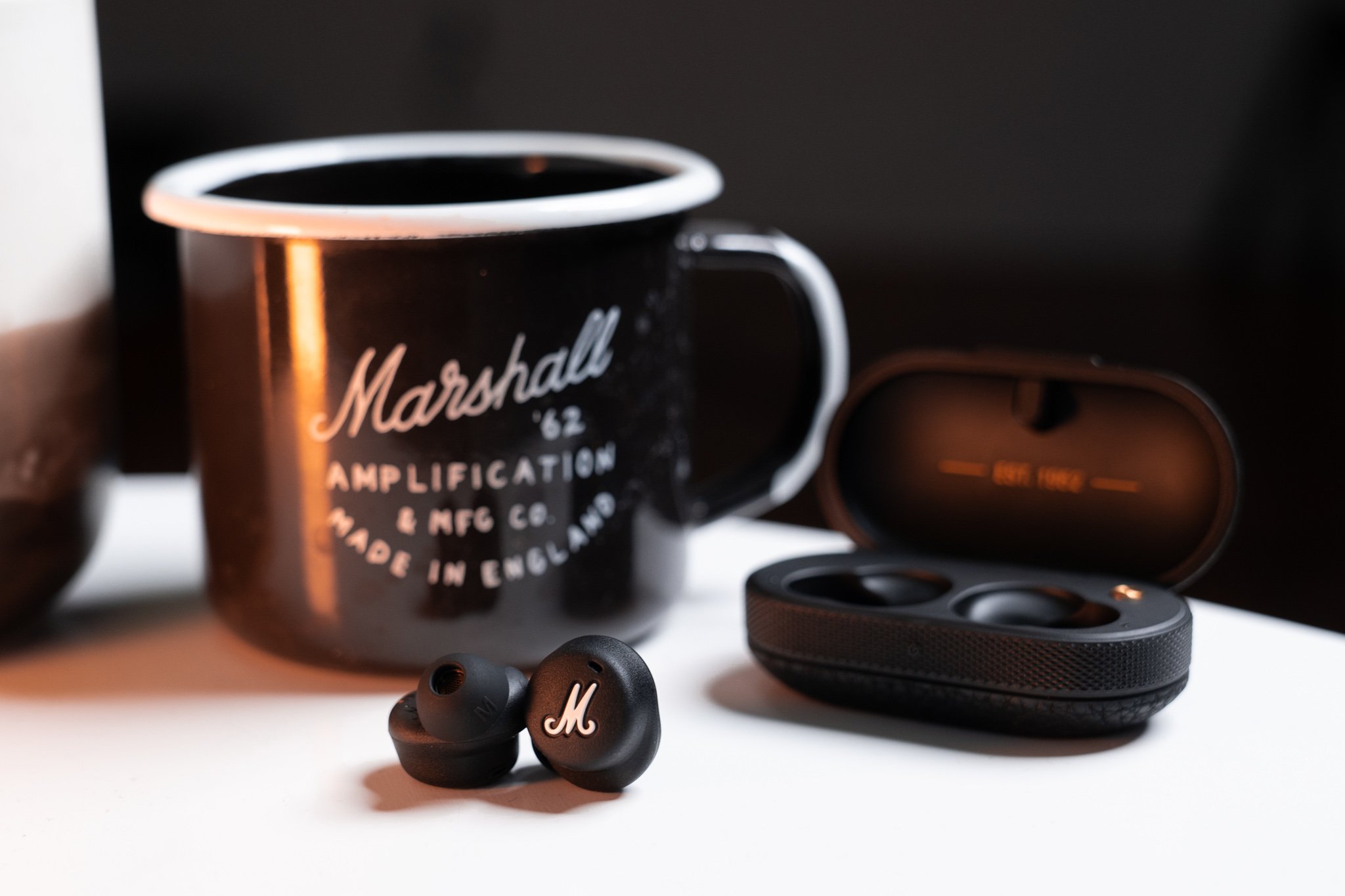
I'm never terribly fond of the apps used with Bluetooth earbuds, and Marshall's is no exception. It's pretty barebones in terms of features offered, with little more than the aforementioned equalizer and a transparency mode that I've skipped over until now because, frankly, it's hardly even worth mentioning. Ambient sound is almost distinguishable when toggling the feature on and off, save for an annoying low humming noise that transparency mode adds — you'll never need to bother using the shortcut touch control in the left earbud.
Marshall is definitely better at audio than software.
Though that brings me to another complaint with Marshall's app: there's absolutely no way to customize the touch controls for the Mode IIs, or even see the default mapping. With transparency mode being more or less useless, I'd love the option to remap a single touch on the left earbud to do something else like adjust the volume. By the way, you can't do that with the touch controls, either; the same sort of swiping gesture that Samsung uses on its earbuds would've been a good move.
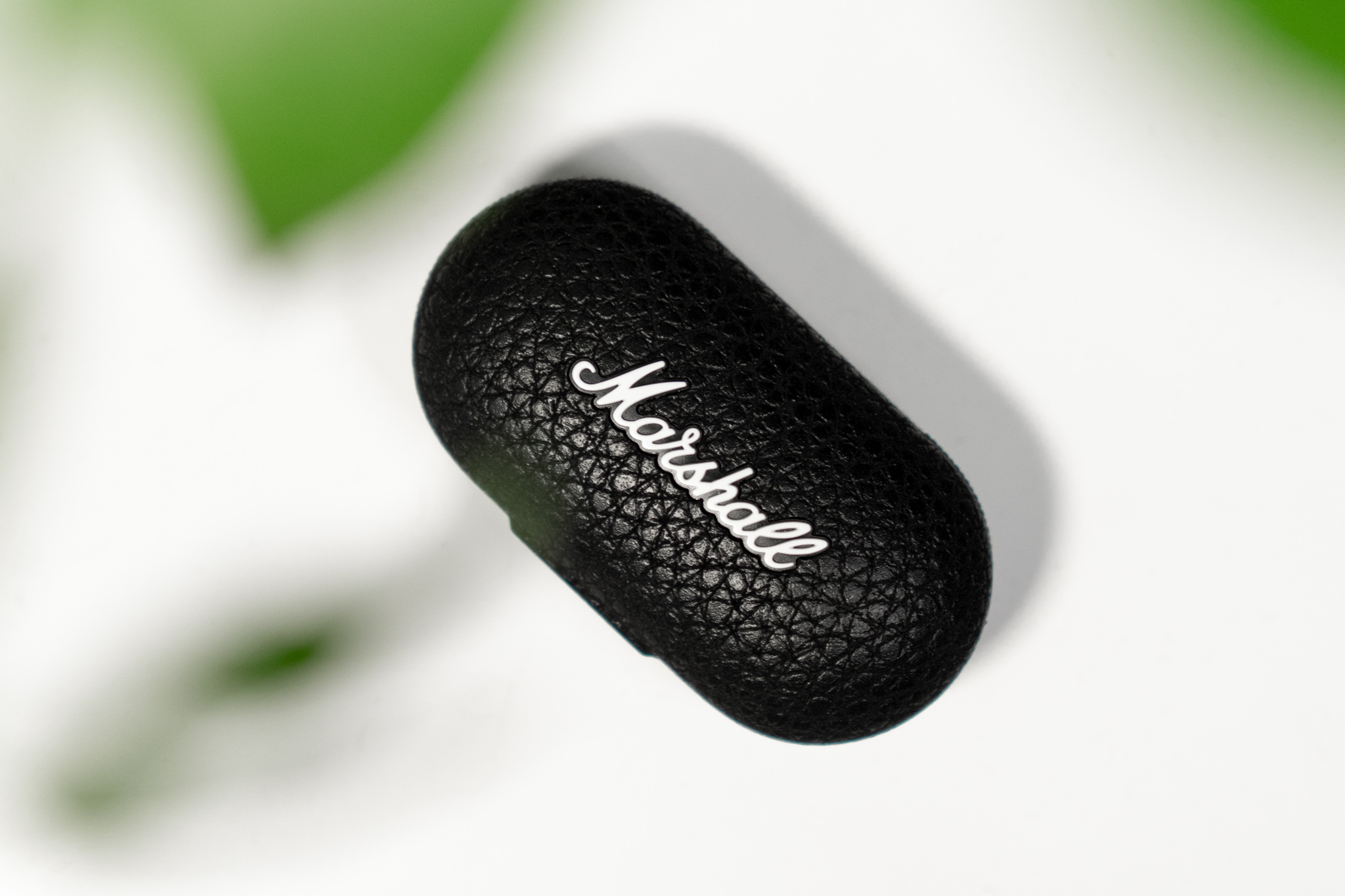
I also ran into a ton of trouble during the initial pairing process between the Mode IIs and my Pixel 5. The Marshall app couldn't successfully pair the earbuds and insisted that I pair them manually through the phone's Bluetooth settings, which also didn't work until I forced my Pixel to forget the connection and started fresh. On the bright side, I've had no connection issues since then, so you're probably in the clear after your initial pairing.
I also really wish Marshall had included active noise canceling at this price point, or even multi-device pairing to help it stand out against the competition. At nearly $200, great sound quality and a name that mostly only resonates with guitarists won't necessarily push it ahead of the strong competition from leading brands like Samsung, Jabra, and Apple.
Marshall Mode II: Competition
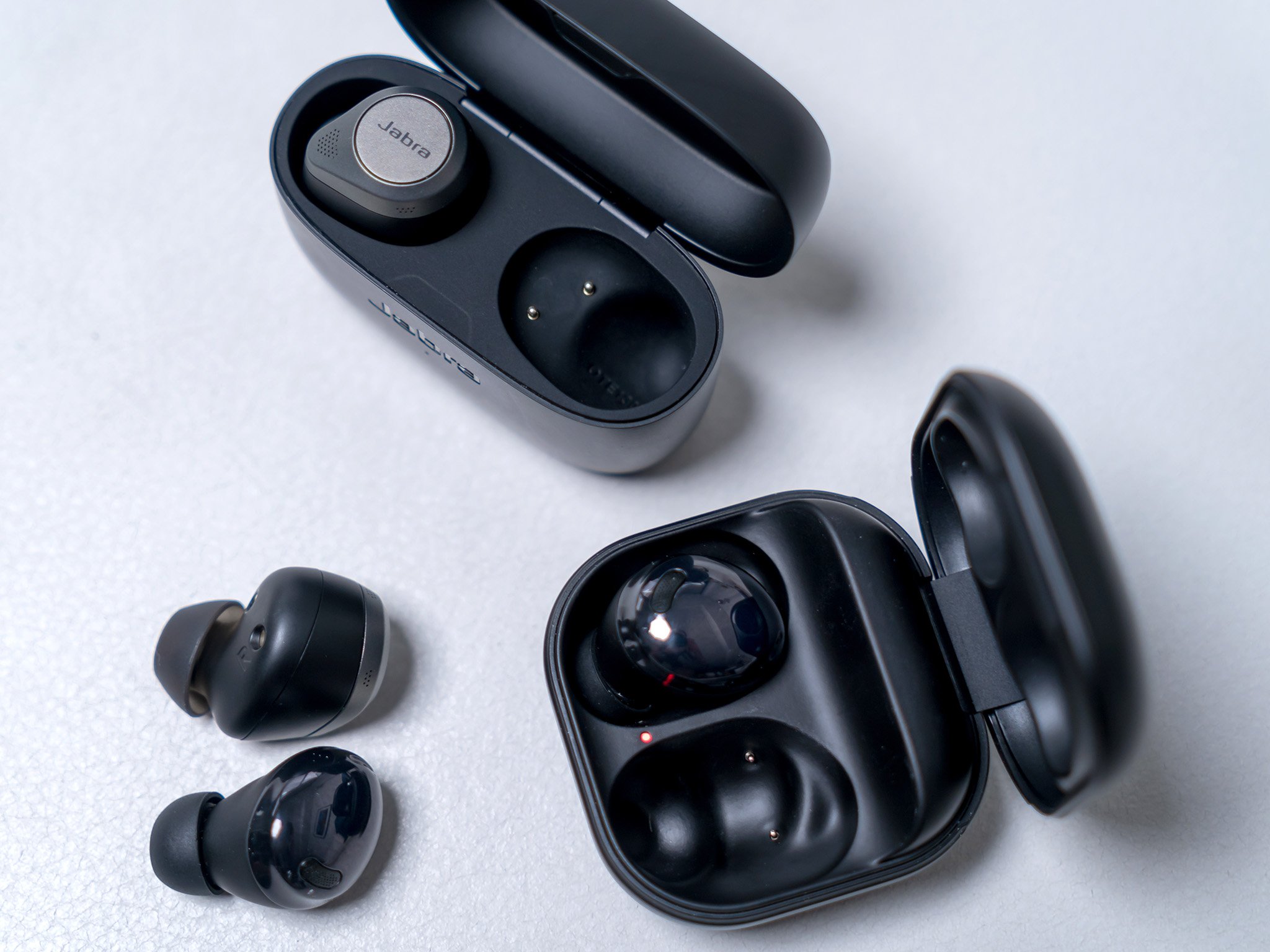
Particularly on the Android side, there's no denying how much Samsung has dominated the true wireless earbuds category as of late. The Galaxy Buds Live were among the first true wireless earbuds to offer active noise cancellation, and launched for $10 less than the Mode IIs. If you're willing to shell out a bit more, the newer Galaxy Buds Pro feature best-in-class sound quality, ANC, and great in-call microphone quality — the Mode IIs sound good for calls, but not amazing.
There's also Jabra to consider, whose latest Elite 85t earbuds similarly pack outstanding audio quality, extremely effective ANC, and a wirelessly charging case. Battery life is about on par with the Mode IIs, and the left earbud is completely dependent on the right, meaning you can only listen to mono audio from the right earbud; by contrast, each Mode II earbud works independently of the other, with no discernible phasing issues to complain about.
At their MSRP rate of $230, Jabra's earbuds aren't particularly compelling over Marshall's, but with frequent discounts making them easy to find for around the same price, I'd be tempted by the active noise cancellation on the Elite 85t.
Of course, there are more affordable options out there, as well, including Google's second-generation Pixel Buds, Jabra's older Elite 75t earbuds, my personal go-to Galaxy Buds Plus, and even Apple's AirPods — though considering how many of its features count on you having an iPhone, the AirPods may not be a great fit for most Android users.
Marshall Mode II: Should you buy them?
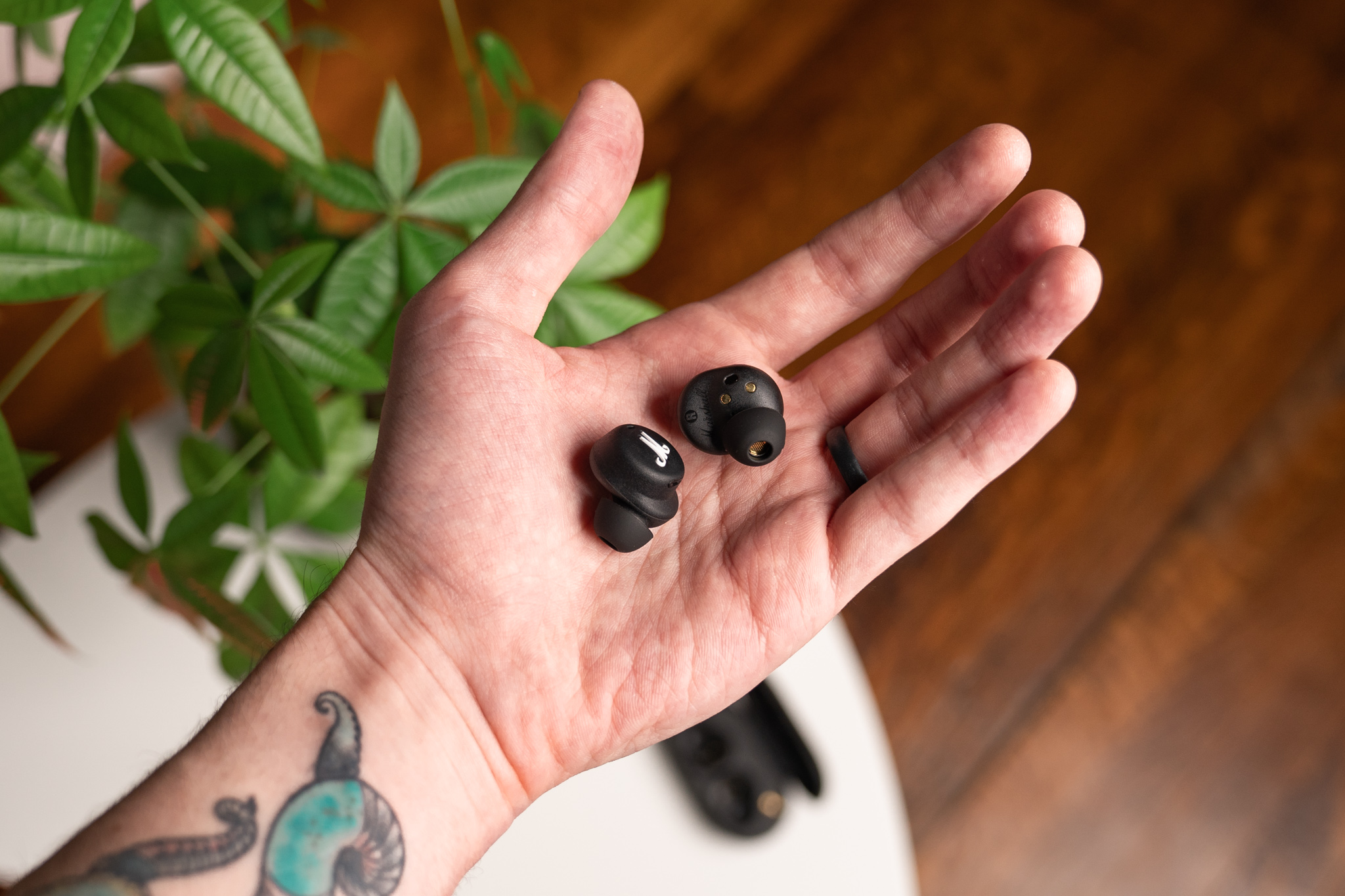
You should buy these if ...
- You listen to loud, energetic rock music with lots of mids and highs
- The Marshall brand name strikes a chord (err, sorry) with you and you don't mind displaying its logo loud and proud
- You prefer touch controls over physical buttons like you'd find on options from Jabra
You shouldn't buy these if...
- Your favorite music heavily favors bass
- You need active noise canceling for loud environments like planes
- You're looking for the cheapest true wireless earbuds you can find
I really like the Mode IIs overall. Especially when you consider they're Marshall's first attempt at true wireless earbuds, they're surprisingly full-featured and have fantastic sound, particularly (but not limited to) if you listen to a lot of rock and metal. For the money, I really wish Marshall had included active noise canceling and the ability to customize the touch controls, but if you prioritize great sound quality above all else and you're as enamored with the Marshall brand as I am, they're a worthwhile purchase without any major show-stopping flaws.
Marshall Mode II

Bottom line: If you can live without active noise cancellation, there's a lot to like about the Marshall Mode IIs. Sound quality is fantastic, the touch controls work well, and battery life is more than sufficient — all at a fairly competitive price.
$179 at Marshall
22/04/2021 11:30 AM
How to unlock your Verizon phone
22/04/2021 03:00 PM
How to create Telegram widgets that you can share anywhere
22/04/2021 01:00 PM
Android 12 Developer Preview 3 literally cuts corners
22/04/2021 10:42 AM
'Call of Duty' DLSS upgrades promise a big boost to 4K gaming
22/04/2021 04:56 PM
Five great cases for your new Pixel 5
22/04/2021 05:25 PM
Top Trending Android Games of 2021
22/04/2021 08:44 AM
Nokia X20 phone will not come with a charger
22/04/2021 02:00 PM
Signal hacked Cellebrite's phone hacking software used by law enforcement
22/04/2021 11:20 AM
- Comics
- HEALTH
- Libraries & Demo
- Sports Games
- Racing
- Cards & Casino
- Media & Video
- Photography
- Transportation
- Arcade & Action
- Brain & Puzzle
- Social
- Communication
- Casual
- Personalization
- Tools
- Medical
- Weather
- Shopping
- Health & Fitness
- Productivity
- Books & Reference
- Finance
- Entertainment
- Business
- Sports
- Music & Audio
- News & Magazines
- Education
- Lifestyle
- Travel & Local

